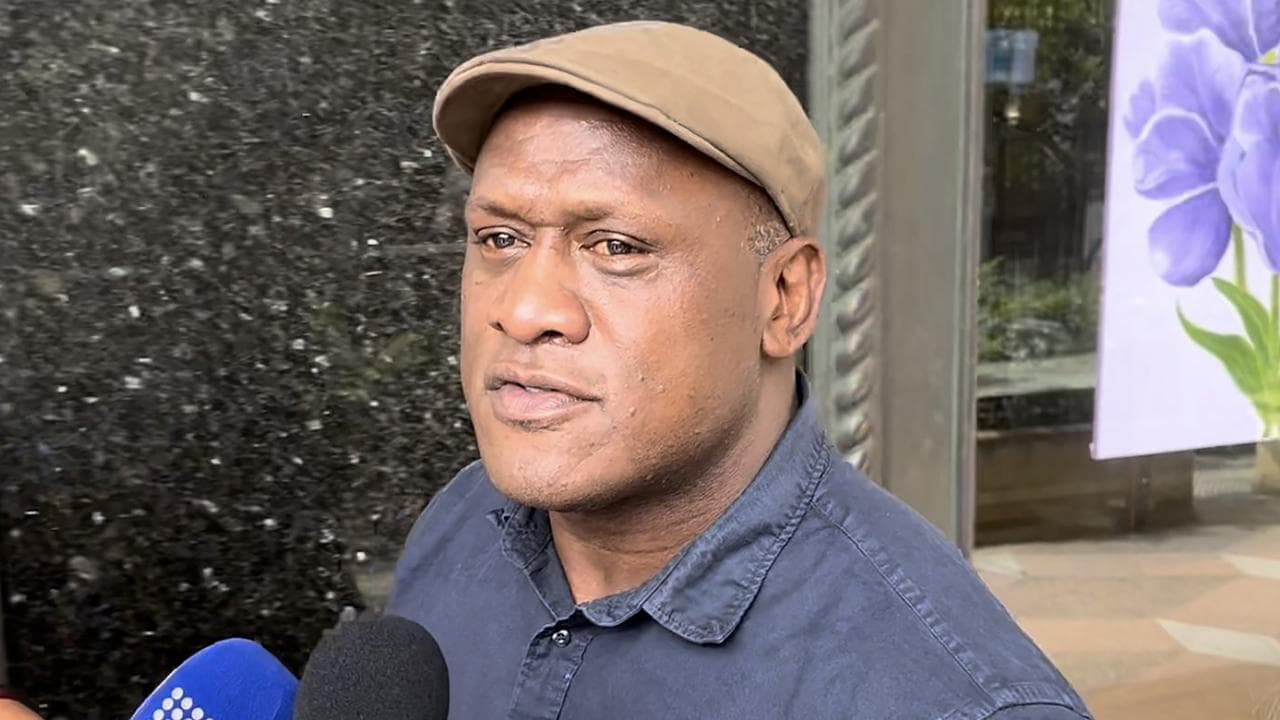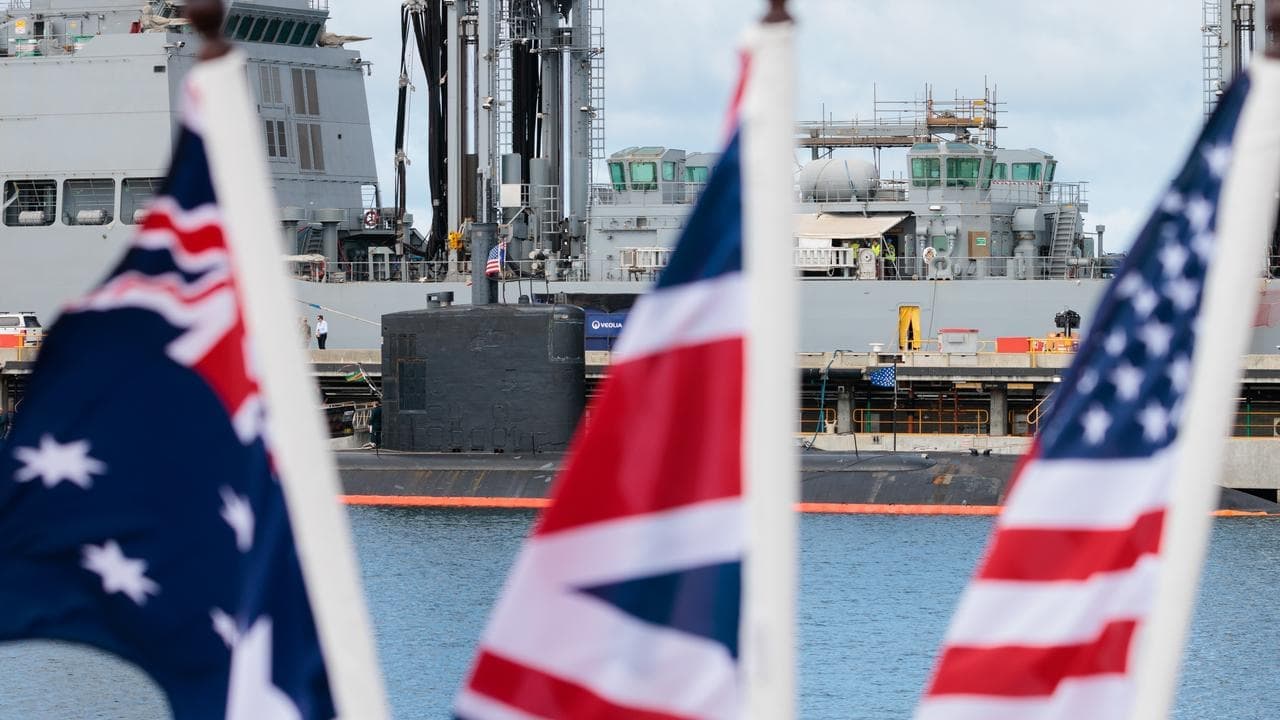WHAT WAS CLAIMED
Scott Morrison reduced Australia’s refugee intake by 5000.
OUR VERDICT
Mostly True. In 2020, Australia’s refugee and humanitarian visa allocation was cut from 18,750 to 13,750. The actual intake fell by more than 5000.
Greens leader Adam Bandt has questioned the government's commitment to helping displaced Ukrainians with a claim the prime minister is responsible for cutting Australia's refugee intake by 5000 people per year.
The claim is broadly correct. In 2020, the Scott Morrison-led government reduced the maximum number of visas available under Australia's refugee and humanitarian program from 18,750 down to 13,750, a cut of 5000.
However, the actual number of these visas granted has fallen further since 2018/19, the year in which Mr Morrison became prime minister, with the decrease largely blamed on the impacts of COVID-19.
Mr Bandt made the claim in a tweet on March 1 that said: "All refugees deserve protection. Morrison reduced our intake by 5000 … If he cared about Ukraine, he'd fix the broken immigration system that he's so proud of."
Mr Morrison previously said that citizens from Ukraine who had applied for an Australian visa would be "at the top of the pile" for a decision following Russia's invasion.
Mr Bandt's office confirmed in an email that his tweet referred to a cut in the number of visas granted through the Australian government's refugee and humanitarian program, which provides resettlement to those displaced due to conflict and persecution.
The program has two core components (page 5): refugee visas, usually for people who have fled persecution in their home country, and Special Humanitarian Program (SHP) visas, for people outside their home country who have faced substantial discrimination and have family or community connections in Australia.
Within the refugee and humanitarian visa system, SHP applicants are not officially recognised as refugees, however when introduced in 1981 the program was described as being designed for "quasi-refugees" with ties to Australia.
To assess the accuracy of Mr Bandt's claim, AAP FactCheck investigated the number of visas made available through the combined refugee and humanitarian program, the actual number of refugee and humanitarian visas granted and the number of visas granted only to recognised refugees.
In 2013/14, the year the coalition came to power, the government cut the number of available refugee and humanitarian visas from 20,000 to 13,750 (page 96) in line with an election commitment made by incoming prime minister Tony Abbott.
However, this figure was increased to 16,250 in 2017/18 (page 16) and again to 18,750 in 2018/19 (page 59). The increased visa allocation was negotiated with Senate crossbenchers in 2014 and signed off by Scott Morrison, then serving as immigration minister.
In a 2016 speech to the Leaders' Summit on Refugees in New York, then prime minister Malcolm Turnbull pledged the 18,750 allocation would be maintained "from 2018/19 onwards".
Australia's refugee and humanitarian visa allocation initially remained at 18,750 (page 66) after Scott Morrison took over as prime minister in August 2018. However, the allocation was cut back to 13,750 in the 2020 Budget (page 108), a reduction of 5000 places compared to the previous two years.
The government cited "the impacts of the global pandemic" (page 3) as a reason for the cut. The 2020 budget papers also stated that the reduced visa allocation would now be a "ceiling rather than a target" (page 11). The cap of 13,750 places would remain in place until at least 2024/25, according to the papers.
Therefore, it is correct to say that Mr Morrison cut Australia's annual refugee and humanitarian visa allocation by 5000.
Nevertheless, Australia's actual refugee and humanitarian intake does not necessarily match the allocated target or cap.
Across 2015/16 and 2016/17, for example, Australia offered visas to 12,000 people displaced by conflicts in Syria and Iraq (page 70) in addition to Australia's regular visa allocation of 13,750 per year.
Conversely, when COVID struck in 2020, the government "deprioritised" offshore humanitarian visas (page 1), leading to a big fall in the number of these visa holders coming to Australian shores.
While the government initially allocated 18,750 refugee and humanitarian visas for 2019/20, only a small number of "emergency" cases were offered visas in the final quarter of the year (page 12), leading to only 13,171 of the spaces being filled (page 82).
In 2020/21, the government granted only 5947 of the maximum 13,750 refugee and humanitarian visas (page 101) that were made available at the beginning of the year.
When looking at refugee visas only, Home Affairs data (page 11) shows the number of visas granted fell from 9451 in 2018/19 - the year Mr Morrison became prime minister - to 2053 in 2020/21, a drop of 7398 over two years.
The Verdict
In 2020, the Morrison government cut Australia's annual allocation of refugee and humanitarian visas from 18,750 to 13,750. Adam Bandt is therefore broadly right in claiming the prime minister cut Australia's refugee intake by 5000.
However, the number of refugee and humanitarian visas allocated does not necessarily match the number of visas actually granted. Based on the numbers of refugee and humanitarian visas issued, and refugee visas issued alone, Mr Bandt's claim is an underestimate of the true figures, both of which have fallen more than 5000 since Mr Morrison became prime minister.
The government has blamed COVID-19 for Australia's refugee visa allocation not being filled.
Mostly True – The claim is largely accurate but includes minor errors or problems.
AAP FactCheck is an accredited member of the International Fact-Checking Network. To keep up with our latest fact checks, follow us on Facebook, Twitter and Instagram.












